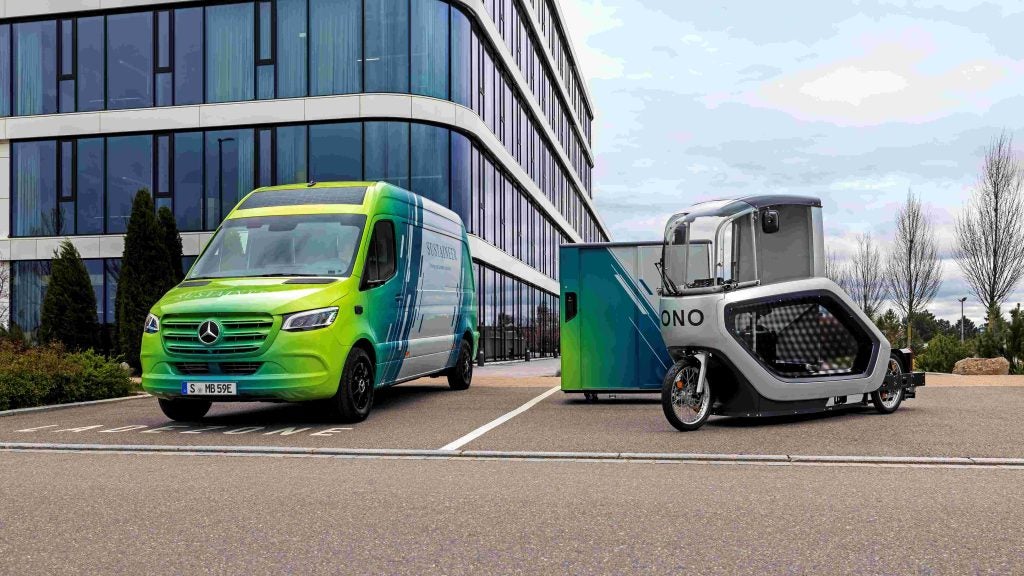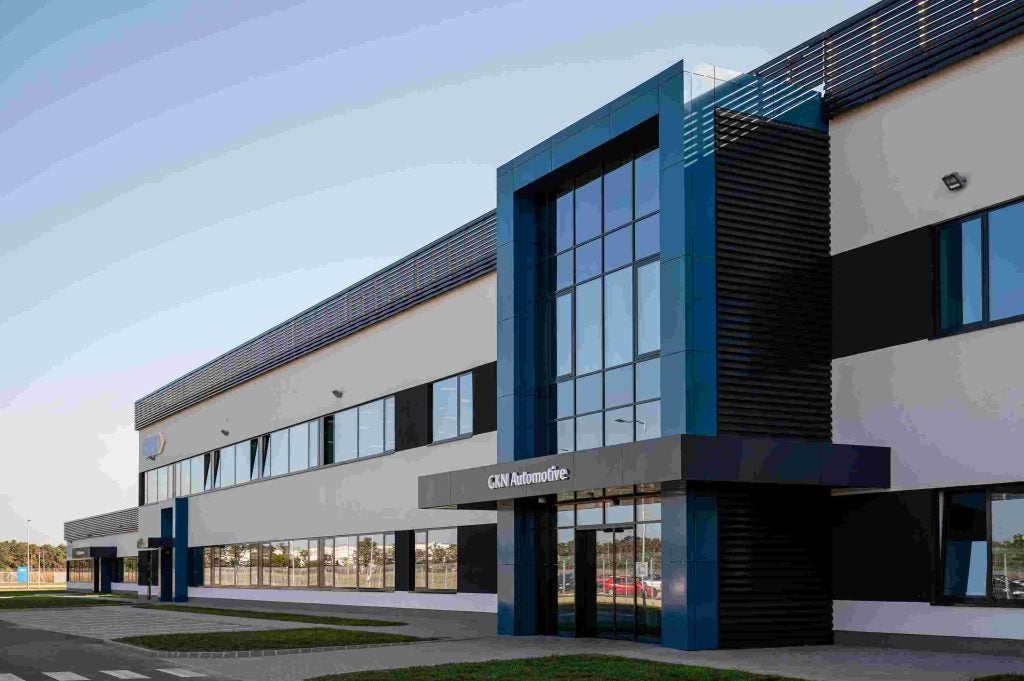
Lightweighting is a key part of the industry-wide drive for efficiency and carbon fibre has traditionally been the go-to material in this area. Can you tell us more about your alternative?
Bcomp has been developing sustainable lightweighting technologies based on natural fibres, more specifically flax fibres for over a decade. Our technology matches the stiffness and weight of monolithic carbon fibres in thin-walled structures while significantly reducing the cradle-to-gate CO2 emissions by approximately 85 percent. We strongly believe that sustainability should not come at the expense of performance and our focus has been on achieving the highest performing lightweighting materials from the very first day.
Can you explain a little more about the technology? How is it able to match carbon fibre as a material?
Our solution consists of two technologies that are designed to work together but can also be used on their own depending on the application. Our ampliTex technical flax fabrics are composite reinforcements available in a variety of different architectures from unidirectional to bi-axial and twill fabrics. However, the ultimate lightweighting performance and the ability to match the stiffness and weight of thin-walled monolithic carbon fibre components comes from the powerRibs technology. This grid-like reinforcement from flax yarns mimics the veins on the backside of leaves – some of the best ideas are simply found in nature. Adding the powerRibs to the B-side of a laminate creates a 3D structure that significantly boosts stiffness without adding much weight compared to a traditional laminate.
What has the journey been for this material? Was it originally conceived as a product for automotive applications?
The journey goes back to the beginnings of Bcomp when the founders were developing the lightest high-performance ski cores that the world had ever seen. These sandwich cores were reinforced with flax fibres and the founding team quickly realised the potential that this brilliant natural fibre brings with its unique intrinsic mechanical properties. From there we have taken the material and worked continuously to develop a solution that delivers the highest performance. From the very beginning, we realised that to create the biggest possible impact of our sustainable lightweighting solutions, we would have to enter large-scale markets. With rapidly changing legislations the automotive market is facing a bigger challenge than ever to implement lightweighting technologies and this is where we saw our opportunity to have an impact with our sustainable alternatives. Now, ten years after the foundation of Bcomp, we are just starting to see the first parts made with our sustainable lightweighting solutions appear in serial cars like the Polestar Precept that is set to go into production before too long.
How well do you really know your competitors?
Access the most comprehensive Company Profiles on the market, powered by GlobalData. Save hours of research. Gain competitive edge.

Thank you!
Your download email will arrive shortly
Not ready to buy yet? Download a free sample
We are confident about the unique quality of our Company Profiles. However, we want you to make the most beneficial decision for your business, so we offer a free sample that you can download by submitting the below form
By GlobalDataYou mention that we are already seeing Bcomp material in automotive applications, how have you developed the product to be ready for this level of application?
The automotive market is known for its notoriously high entry barriers, so it should come as no surprise that we have invested years of R&D activities into developing our products and having them ready for large-scale serial production before getting to the point we are at now.
After establishing our products in the sports market, we entered the motorsport industry, collaborating with some of the biggest players. The fast-moving, performance-focused nature of the motorsport world was a perfect suit for us and allowed us to quickly test and constantly refine our technologies under the harshest conditions imaginable. Projects like the first-ever natural fibre F1 seat we developed together with McLaren are perfect examples of this approach in action. Within months we went from reverse-engineering the carbon fibre seat to having Lando Norris successfully test the natural fibre counterpart.
Through working with many players in the motorsport industry we were able to demonstrate the performance of our solutions – following our clear race-to-road strategy. Many technologies are developed and tested on the racetrack before they eventually make their way into roadgoing cars. Simultaneously we have been working from the beginning to adapt our solutions to the requirements of mass-produced cars and large-scale production processes. Multiple developments and industrialisation projects with different Tier 1s and customers from the automotive sector have been running for several years now and are just turning onto the home stretch.
This strategy has got us to the point where, within ten years of our foundation, beyond automotive, our materials are present in applications from sporting goods to the hulls of luxury sailing yachts and satellite panels to racing series from Formula 1 to Extreme E and GT4.
Your tagline is “sustainable lightweighting”, but how sustainable is the technology? And what happens with parts when they ultimately reach the end of their useful life?
Focusing on high-performance applications where our solutions replace carbon fibres in thin-walled composite structures without compromising stiffness or weight, we can reduce the CO2 emissions from cradle to gate by up to 85 percent. For automotive interior applications where our ampliTex and powerRibs technologies tend to replace conventional injection moulded plastics we still achieve a reduction of the cradle-to-gate CO2 emissions of up to 60 percent. This does not even take into account the positive impact of a lighter vehicle on the energy that is needed to move such a vehicle.
Flax as a plant is a very resistant and low-maintenance crop, indigenous to Europe. It requires little space and water to grow and is used as a rotational crop, thus not competing with food production. During its growth phase, the flax plant naturally sequesters CO2 from the atmosphere, acting as a natural CO2 sink for the entire lifetime of the plant, its fibres and ultimately the parts that are made of them. Using renewable flax fibres allows our ampliTex and powerRibs reinforcements to be CO2 neutral. At end of life, parts can be used for thermal energy recovery within the municipal waste management system – a source of renewable energy without residual waste.
We all know that nothing is made to last forever – even less so in highly demanding applications. Disposing of broken carbon fibre can be rather complicated. Even though it could theoretically be shredded into short fibres and used to produce low-end fibre reinforced parts – an energy-intensive process that can be done once or maybe twice – such parts end up in landfills more often than not. The same part, but made with natural fibre composites, can simply be disposed of in the standard waste management system where it will essentially become a source of renewable energy thanks to highly efficient energy recovery in state-of-the-art waste-to-energy cogeneration plants.
What is next for Bcomp?
We are looking to cement our position as a lightweighting solutions provider for the automotive market of the future. But we wouldn’t be Bcomp if we were content with that alone, so we have our eyes firmly set on further applications within the automotive sector but are especially looking into the large-scale mobility sectors. Buses, trains, and planes – we are far from having found the end of our applications.






